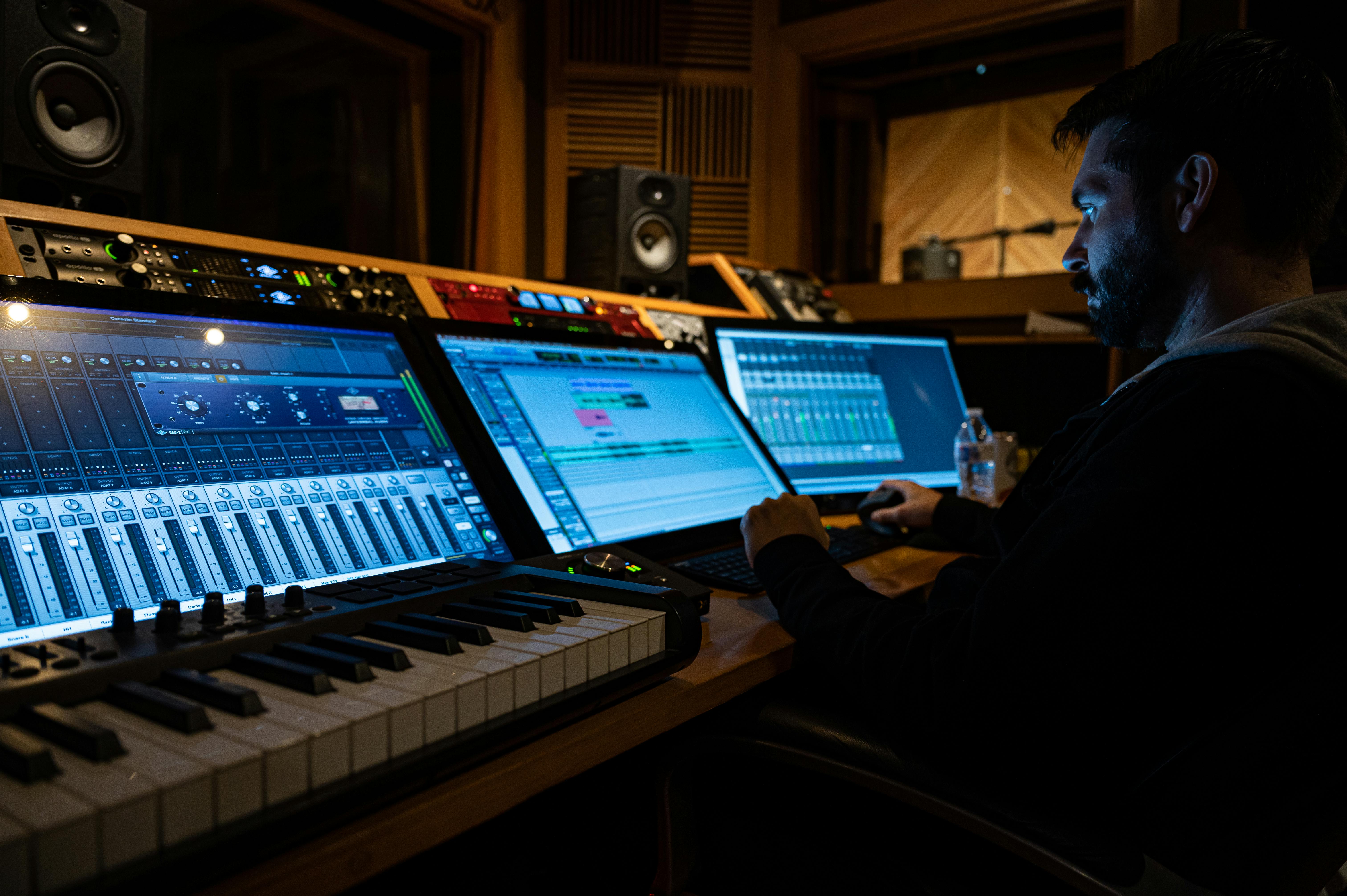Music is a powerful tool for building emotions and enhancing a message, not just background noise for visuals. Studies show that sound, including music, plays a crucial role in decision-making, influencing between 45% and 65% of the process. Despite this, budgets allocated for sound in advertisements remain relatively low, averaging less than 4% of the total production budget*.
Brands that consciously invest in audio branding gain greater recognition and stronger audience connections. However, to achieve the desired effect, it’s essential to clearly communicate expectations to the agency responsible for the soundtrack. So how do you create a brief that facilitates collaboration and ensures a perfect match between sound and video?
1. Brand Identity and Message Tone
Before choosing music, you must define who the brand is and what emotions it aims to evoke. The brief should include:
-
Brand’s audio identity – Does the brand have an established audio branding strategy? If so, what are its key elements?
-
Core brand values – What emotions should the audience associate with the brand?
-
Target audience – Age, lifestyle, and music preferences of the audience.
-
Advertising objective – Is the goal brand awareness, sales increase, or brand image reinforcement?
-
Mood of the commercial – Should it be dynamic, nostalgic, motivational, or modern?

2. Music Style and Character
The music should align with the brand’s identity and the creative concept of the ad. The brief should specify:
-
Music genre – e.g., electronic, jazz, orchestral.
-
Tempo and energy – Fast-paced and dynamic or slow and tension-building?
-
Instrumentation – Do you prefer synthetic sounds or classical instruments?
-
Reference tracks – Examples of songs that reflect the desired style (preferably with links).
3. The Role of Music in the Ad
Music serves different functions depending on the narrative style of the commercial. The brief should clarify:
-
Should the music be background or the main emotional carrier?
-
Should it complement dialogues or narration?
-
Should the ad include sound effects?

4. Technical and Formal Aspects
To avoid misunderstandings, the brief should include:
-
Track duration – e.g., 15s, 30s, 60s.
-
Versions of the commercial – Formats optimized for YouTube, social media, or radio.
-
File formats – WAV, MP3, AIFF.
-
Budget – A key factor in choosing stock music vs. custom compositions.
-
Licensing scope – Usage rights and campaign duration.
5. Deadlines and Collaboration Process
A clear timeline streamlines the creative process. The brief should include:
• Deadline for the first version of the track.
• Revisions schedule.
• Final campaign launch date.
It’s crucial to plan the soundtrack early in the commercial production process. Music woven into the visual narrative enhances emotions and storytelling, making the message more impactful.
Summary
Creating a detailed music brief is key to successful collaboration with an audio branding agency. The more precise the guidelines, the better the alignment between sound and brand message. A well-structured brief not only avoids misunderstandings but also ensures that sound is used to its full potential in a campaign.
Source: Joe Sauer, in: Audio Branding, "The Hidden Influence of Sound in Marketing with Joe Sauer", Jodie Krangle.
Authors:
Antek Sojka
Aleksandra Chróst


